IJCRR - 7(3), February, 2015
Pages: 17-21
Print Article
Download XML Download PDF
A CROSS SECTIONAL STUDY TO ASSESS FLEXIBILITY AND AGILITY LEVELS IN INDIAN JUDO PLAYERS
Author: Jayasudha Katralli, Shivaprasad S. Goudar, Veeresh Itagi
Category: Healthcare
Abstract:Introduction: Judo is the sport in which movements are powerful, delivered in a short period of time, usually against the force of the opponent. Judo athletes ought to be speedy, tough and supple. Flexibility and agility are two indispensible physical fitness characteristics which are neglected and where there is lack of information regarding the testing and the training exercises in Indian scenario. Methodology: This cross sectional study included 31 Judo players with minimum 3yrs of practice and of age 18-25years. Players were divided into A and B group depending on > or ? 5 years of judo training. Flexibility was tested using sit and reach tester and agility by side step test. Statistical analysis done using Students unpaired 't' test. Results: 20 players belonged to A group and 11 players to B group. Mean Flexibility score was found higher for Judo B group compared to Judo A group with statistically significant difference (p < 0.05). Mean Agility test score was similar for both groups with no significant difference. Conclusion: Long duration of the training period improves the flexibility of a player whereas agility is well developed parameters in all the players and seems to have reached the summit in them.
Keywords: Flexibility, Agility, Sit and reach, Side step test
Full Text:
INTRODUCTION
Judo is a sport where apart from technical skill and tactics, physiological characteristics also play important role for success in competition.1 Judo athletes ought to be speedy, tough and supple. Flexibility and agility are two indispensible physical fitness characteristics which are neglected and where there is lack of information regarding the testing and the training exercises in Indian scenario. Judo is the sport in which movements are powerful, delivered in a short period of time, usually against the force of the opponent.2 It is a sport of changeable intensity of effort and the sportsperson should be flexible and agile to match the opponent. Flexibility may be defined as the maximal passive physiological range of motion in a given joint movement. Lack of flexibility will affect the athlete’s ability to do certain Judo techniques. The more flexible the muscle, the more is the range of motion present in differing parts of the body and also less likely the injury to occur during the game.3 When a player stretches a muscle, it lengthen the tendons, which attach it to the bone. The longer these fibers are the more player can increase the size of his muscle during strength training. This means that a flexible muscle is a stronger muscle. Therefore adding flexibility training increases fitness level of the player. Stretching also increases circulation, increasing blood flow to the muscles. Agility is the physical ability which enables a player to rapidly change body position and direction in a precise manner which is very much needed to perform complex sequences of techniques such as counters, combinations and any other linking skills whether offensive or defensive. The poor performance of Indian Judokas at the International competition has been of great concern especially to coaches, physical educationist and sports scientists. Efforts have been made to improve the standards of our sportsmen since long, however little success has so far been achieved in this respect. In this view this study was undertaken to scientifically contribute to assessment of the flexibility and agility levels of Indian Judokas which will help the coaches to direct the training program.
METHODS
This cross sectional study was conducted in the Department of Physiology, Jawaharlal Nehru Medical College, Belgaum. Study was carried out in 31 Judo players practicing regularly for a minimum period of 3 years and who were in the age group of 18-25yrs. Players with medical history of neuromuscular, cardiac, respiratory and endocrine illness were excluded from the study. Descriptive data of the participant’s age, training schedule and dietary history were obtained by interviewing the participants. Institution’s Ethical and Research Committee approval and written informed consent from the players was obtained. Depending on number of years of judo training players were divided into Judo A group consisted of players ≤ 5 years of Judo and Judo B group consisted of the senior players with > 5 years of training. 4 Training sessions and the diet given was same for both the groups. FLEXIBILITY was tested using Sit and Reach flexibility tester manufactured by Anand agencies, Pune. This test involved subject sitting on the floor with legs stretched out straight ahead. Shoes were removed and toes pointed upwards. The soles of the feet were placed flat against the centre limbs of the tester. Both knees were to be locked and pressed flat to the floor - the examiner assisted by holding them down. With the palms facing downwards and the hands on top of each other or side by side, the subject reached forward along the measuring line as far as possible. It was seen to that the push was smooth and static, no bouncing or lunging was allowed. Care was taken that the hands remained at the same level, not one reaching further forward than the other. After some practice, the subject reached out and held that position for one-two seconds while the distance was recorded. The score was recorded to the nearest centimeter as the distance reached by the hand. The level of the feet was the zero mark on the scale. 5,6,7 Agility was assessed by side step test where we drew lines accordingly as shown in the figure 1 on the plane ground. A centre line was drawn on the ground where the test has to be conducted. Two more lines on each side of the centre line which were 3 feet and 6 feet apart from the centre line were drawn using a measuring tape. To start with from the position on the centre line. The participant side stepped on the signal went to the right until his foot had reached or touched the outside line to the right. Participant then sidestepped to the left until his left foot had touched or crossed the outside line to the left. The participant repeated these movements as rapidly as possible for 10 seconds. Scoring: One foot tick mark placed between center line and outside line, each trip from center line across marker counts as follows: moving across right crosses tick (1), outside line to right (2), then back tick (3), center (4), across left tick (5), outside line to left (6), back tick (7) and center (8). One completed cycle gives a score of eight points. Total score within ten seconds was taken. 5,7,8 Statistical analysis involved quantitative variables summarized through mean and standard deviation. Difference between mean of the two groups was tested using Students unpaired‘t’ test, where significance of the p value was < 0.05.
RESULTS
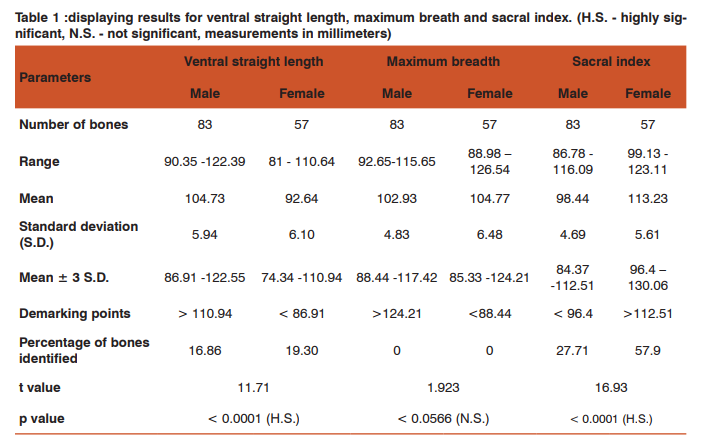
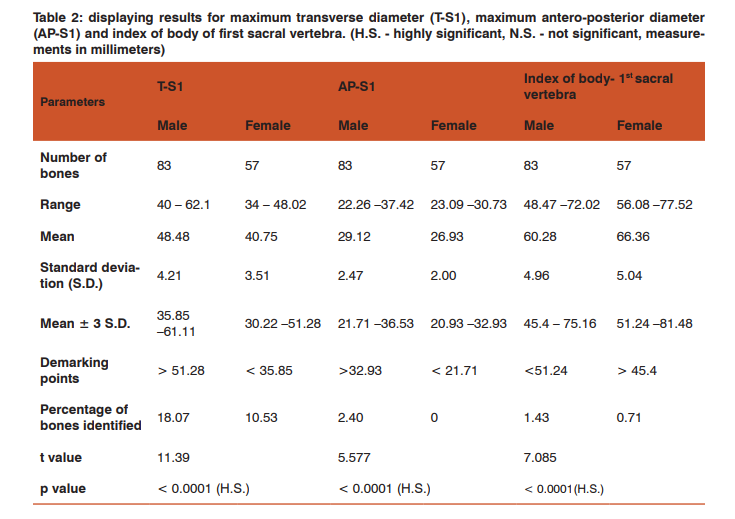
Out of 31 Judo players (19 males and 12 females), the number of players with less than or equal to five years of judo practice were found to be 20 players and were included in JUDO A group. Number of players with more than 5 years of judo practice were 11 players included in JUDO B group (Table 1). Basal parameters of the players (Table 2) showed mean height of A group significantly higher than B group. Mean Flexibility score measured by Sit and reach test was found higher for Judo B group compared to Judo A group and the difference was statistically significant (p <0.05). Mean Agility test score was similar for both groups with no significant difference. (Table 3)
DISCUSSION
Flexibility is the ability of an individual to move the body and its parts through as wide a range of motion as possible without undue strain to the articulations and muscle attachments.3 We had used modified sit and reach test to assess flexibility of trunk and Shoulder. Mean score was significantly high for B group players than the A group. This difference might be due to the stretching sessions during their training. Flexibility depends on number of specific variables, including distensibility of the joint capsule, adequate warm up, muscle viscosity and compliance of various tissues such as ligaments and tendons that affect the range of motion. So, flexibility is joint specific, no single flexibility test can be used to evaluate total body flexibility. Flexibility is specific for a given joint and to a particular sport.9 Adequate flexibility of a joint can contribute to increased work performance, increased resistance to muscle injury, soreness and general state of good health. A study done on Australian judokas confirmed that Judokas appear to have specific physiological requirements of increased upper body strength and increased flexibility.10 Sertic et al suggests that factor of flexibility had a higher partial contribution to the explanation of the determined association. The ability to perform movements of great amplitude enhance efficacy in bouts so as to enable a quality technique performance in attack, defence and counterattack. Primarily in standing throwing techniques the efficiency of which depends on the quality of interfering with the opponent’s balance, for which flexibility of the shoulder region is most responsible and the ability to reach the opponent’s legs, which should be hooked, blocked, or swept, for which hip flexibility is most responsible.11 Moriwaki et al in their comparative study reported that flexibility of female college judoist is superior to that of college male judoist although their muscle power itself is inferior to that of male judoist.12 Agility testing by side step test did not show any differences among two groups. The similar agility scores for A group and group B explained that the judo players have a very well developed agility component. Agility is the ability to move the body or the body parts in space or on the grounds in order to change directions quickly and accurately. In this aspect the big muscles of the body are involved and they must be co-ordinated smoothly, rapidly and precisely. Innate capacity and training are important in attaining this factor. Agility training can have beneficial effect on neuromuscular firing patterns to help reduce injury risk. Limitation of this study is its small sample.
CONCLUSION
From this study we can conclude that long duration of the training period improves the flexibility of a player whereas agility is well developed parameter in all the players and seems to have reached the summit in them. This study will give coaches a different perspective and may help them in developing more efficient and extensive training regimens to improve these physical fitness indicators.
ACKNOWLEDGEMENT
Authors acknowledge the immense help received from the scholars whose articles are cited and included in references of this manuscript. The authors are also grateful to authors/ editors / publishers of all those articles, journals and books from where the literature for this article has been reviewed and discussion. We thank all participants, coaches and parents for their kind participation in the study.
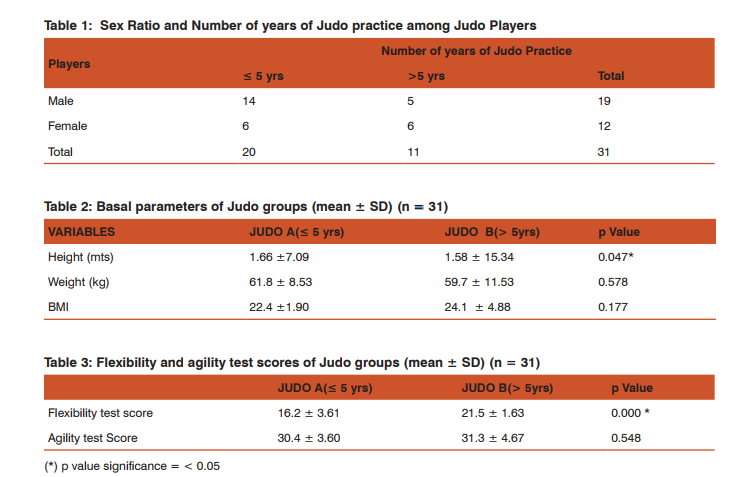
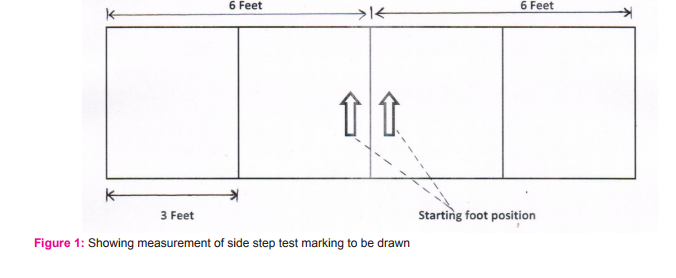
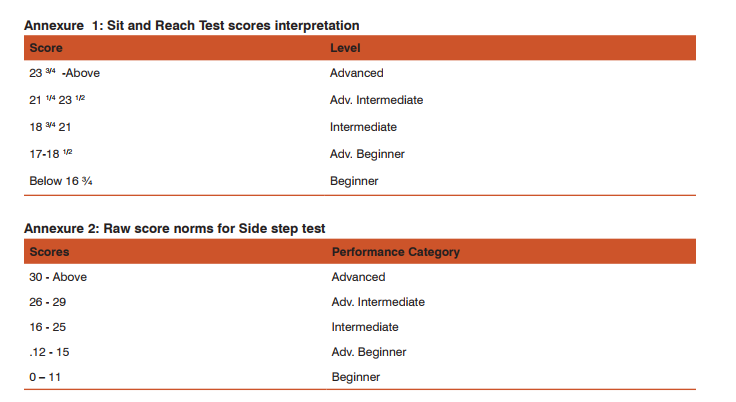
References:
1. Poceceo E, Burtscher M. Physiological profiles of judo athletes. Institute of Sports Science - University of Innsbruck (Austria) 2005. Available at: www.ftvs.cuni.cz/pds/konference05/data/ sbornik.pdf. Access date: Dec 2006.
2. Drapsin M, Drid P, Grujic N, Trivic T. Fitness level of male competitive judo players. Journal of Combat Sports and Martial Arts 2009; vol. 1(2): 27-29.
3. McArdle WD, Katch FI, Katch VL. Essentials of Exercise Physiology. 7th Ed. Pennsylvania: Lea and Febiger Publications; 1994.
4. Katralli J, Goudar SS. Anthropometric Profile and Special Judo Fitness levels of Indian Judo Players. Asian Journal of Sports Medicine 2012; 3 (2):113-118. 5. Johnson BL, Nelson JK. Practical Measurements for Evaluation In physical Education. 3rd Ed. New Delhi: Surjeet publications; 1988.
6. Yobu A. Test measurement and evaluation. 1st Ed. Madras: Rajmohan pathippagam; 1998.
7. Balady JG, Berra AK, Golding AL, Gordon FN, Mahler AD, Myers NJ. et al. ACSM’S Guidelines for Exercise Testing and Prescription. 7th Ed. Philadelphia: Lippincott Williams and Wilkins; 2006.
8. Stephen R. Bird. Exercise physiology for health professionals.1st Ed. London: Chapman and hall; 1995
9. David K Millar. Fitness a lifetime commitment, University of North Karoline at Wilmington. 2nd Ed. New Delhi: Surjeet; 1989.
10. Azoury J. A descriptive study of Australian elite Judo players. Journal of science and medicine in sport 2002; 5 (4): 36.
11. Sertic H, Sterkowicz S, Vuleta D. Influence of latent motor abilities on performance in Judo. Kinesiology. 2009; 41(1): 76-87.
12. Moriwaki Y, Oizumi Y, Koyama Y, Saitho H, Yamauchi N, Tanaka C, et al. Fundamental physical fitness in female college judoists. The annual reports of health,tion and sport science. 2000; 19: 71-78.
|






 This work is licensed under a Creative Commons Attribution-NonCommercial 4.0 International License
This work is licensed under a Creative Commons Attribution-NonCommercial 4.0 International License